UX Certification
Get hands-on practice in all the key areas of UX and prepare for the BCS Foundation Certificate.

Some of the problems we work on as UX researchers are simple and are easily solved by getting users in front of our product. But other problems can be complex and it's hard to know how to start solving them. In situations like that, a simple 2x2 diagram can cut through the "what ifs", the "how abouts" and the edge cases and provide a simple way of looking at the problem. Here are 10 examples of 2x2 diagrams to simplify UX research discussions.

Photo by New Data Services on Unsplash
[This article is also available in Russian].
Loved by management consultants, a 2x2 diagram is a simple—some might say simplistic—way of looking at a problem. You consider each of the various factors in your problem and choose two that are important and that can be classified into discrete values.
One of my favourite examples comes from Steve Jobs. When Jobs returned to Apple in 1997, he looked at the product line up and thought it a mess. There were 15 product platforms and many variants of each one. He wanted to simplify Apple's product line, so in 1998 he presented a four-quadrant product grid at the Macworld Expo. One axis on the grid was the platform (Desktop / Portable). The other axis was the market segment (Consumer / Professional). He then re-oriented Apple around creating the best possible product in each quadrant, leading to the iMac and the iBook in the consumer segments and the Power Mac and the PowerBook in the professional segments.
The problems that we deal with in product development are sometimes multi-factorial and complex. In these situations we can get swept up in discussions of technical issues or business rules and forget the importance of users and their goals. If you find that happening in your next meeting, turn to the whiteboard and try using one of these diagrams to simplify the problem and keep user needs in the forefront of the discussion.
When we think of all the different user types for our product or service, it can sometimes seem overwhelming. It's not clear where we should start our research. When I find a team in that position, I sketch out Diagram 1. The vertical axis is the amount we will learn (or expect to learn) by visiting a particular user group. Some user groups will teach us a lot about how they work in the product domain and there are others that we may already know much about. The horizontal axis is how easy or difficult it is to get to that user group. Some groups are simple to find (they may be in the same town as us) whereas others may be difficult to access because of factors like their geographical location or work schedule.
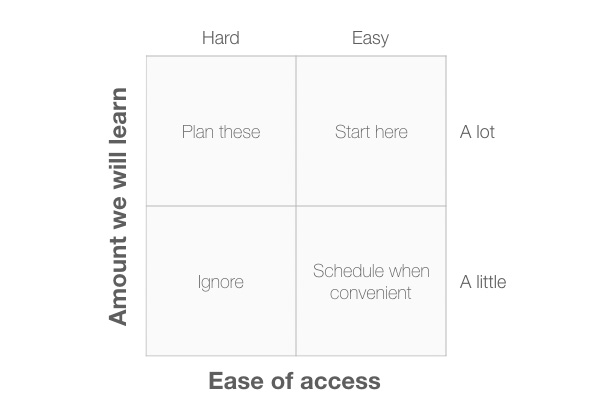
Diagram 1: A 2x2 plot with the axes,"Amount we will learn" and "Ease of access".
The four quadrants are:
A simple way to identify personas from your research is to identify two dimensions that appear of overriding importance in your research and then to group your research participants in the appropriate quadrant. In Diagram 2, I've chosen two dimensions that tend to be of importance on many projects: people's expertise with technology and their knowledge of the domain of interest.
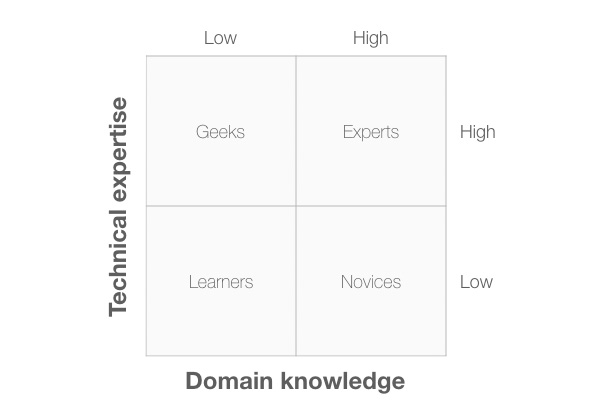
Diagram 2: A 2x2 plot with the axes,"Technical expertise" and "Domain knowledge".
The four quadrants are:
Assuming you have data from field visits, you should be able to create more meaningful dimensions than these. If not, these dimensions often work well to generate assumption personas.
A 2x2 plot makes it easy to identify the red routes — the key tasks — that users carry out. In this example, the two dimensions are task frequency (that is, how often users carry out the task) and task importance (that is, how important the task is for users).
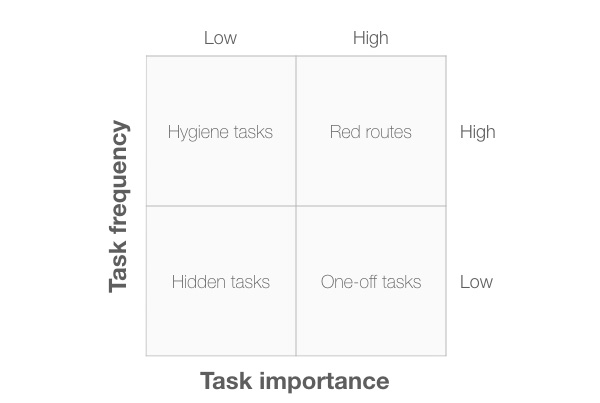
Diagram 3: A 2x2 plot with the axes,"Task frequency" and "Task importance".
The four quadrants are:
On completion of a usability evaluation, the development team needs to prioritise the problems so they know which ones to fix first. Diagram 4 shows a 2x2 diagram that can help here. The two dimensions are "Task frequency" (how often the task is carried out) and "Task difficulty" (how difficult the task is to complete). It makes sense to spend our time focusing on the hard, high frequency tasks.
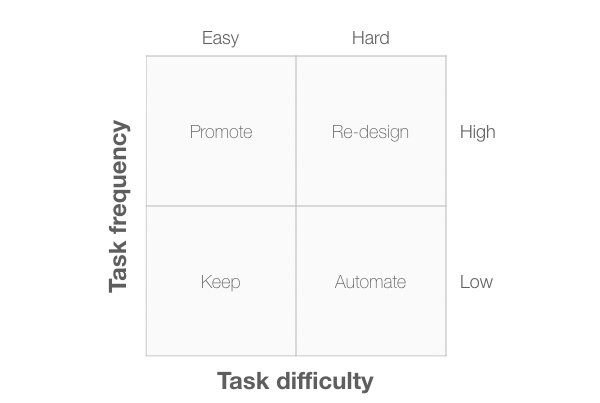
Diagram 4: A 2x2 plot with the axes,"Task frequency" and "Task difficulty".
The four quadrants are:
We can also use a 2x2 diagram to decide what kind of research method we should carry out. Diagram 5 shows a 2x2 diagram with "Type of research method" plotted against "Type of data". With "Type of research method" we can classify research methods into behaviour-based methods, and intention (or opinion) based methods. With "Type of data" we can classify research methods into quantitative ("What is happening?") and qualitative ("Why is it happening?").
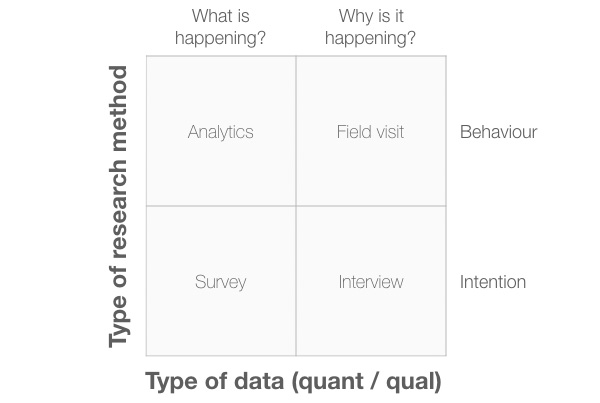
Diagram 5: A 2x2 plot with the axes,"Type of research method" and "Type of data".
In this example, I've placed specific research methods in each quadrant, but these aren't the only methods you can use. Consider these as examples only.
Burrowing down further, here's how we can use a 2x2 to choose a specific kind of usability evaluation method. One of the axes in Diagram 6 is "Our knowledge of users". Although not an ideal situation, it's common for product teams to not have a great deal of knowledge about users yet still have a product that they need to evaluate. In that case their knowledge of users is low. In contrast, another product team may have spent time doing field visits to users and so the team knows a thing or two about its users. The other axis is "Urgency". Sometimes we need an answer in a day or so and other times we have the luxury of a 2-week sprint to find the answer.
This diagram helps us choose between different types of usability test and usability inspection methods.
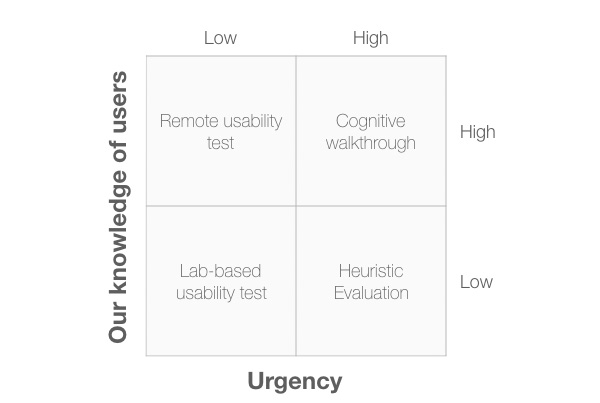
Diagram 6: A 2x2 plot with the axes,"Our knowledge of users" and "Urgency".
The four quadrants are:
I've adapted Diagram 7 from Leah Buley's book, The UX Team of One. It provides a useful way of deciding where, exactly, you should focus when creating a prototype. This speeds up development because you can now prototype only those aspects of the product that are both critical to get right and complex to do well.
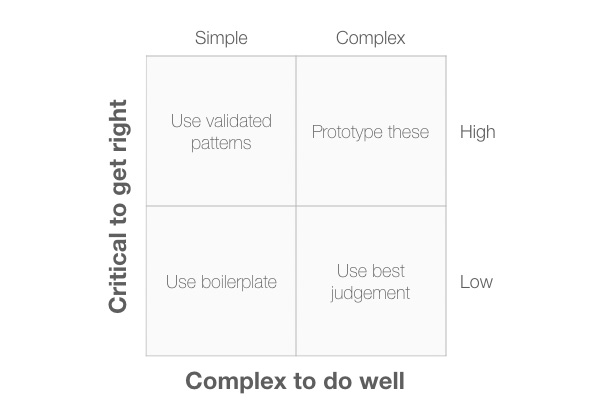
Diagram 7: A 2x2 plot with the axes,"Critical to get right and "Complex to do well".
The four quadrants are:
The next 3 diagrams provide a useful way to simplify the product backlog by focusing on the value to users. Each 2x2 diagram has the same horizontal axis ("Value to users").
In Diagram 8, the vertical axis is "Importance to business". When combined with the "Value to Users" axis, this creates 4 quadrants.
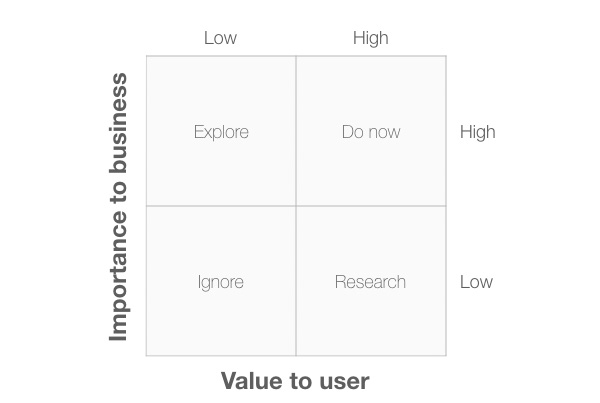
Diagram 8: A 2x2 plot with the axes,"Importance to business" and "Value to User".
In Diagram 9, the vertical axis is now "Ease of implementation".
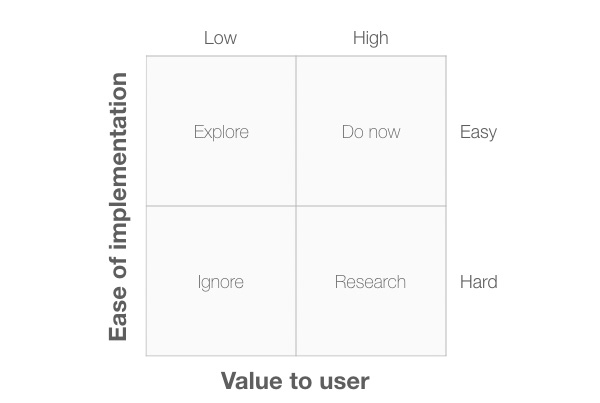
Diagram 9: A 2x2 plot with the axes,"Ease of implementation" and "Value to User".
The four quadrants are:
In Diagram 10, I've changed the vertical axis to "Impact on revenue". This would be an important dimension for a start up trying to identify which functions to prioritise.
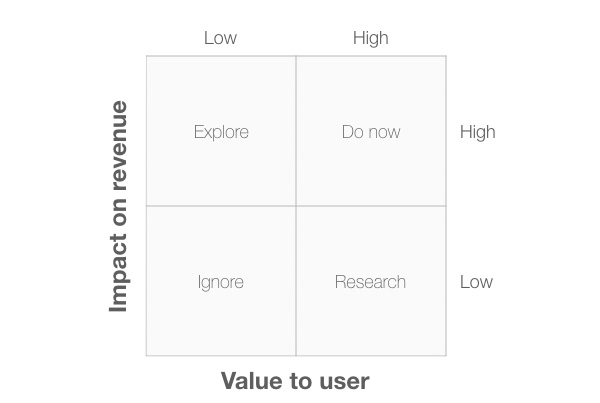
Diagram 10: A 2x2 plot with the axes,"Impact on revenue" and "Value to User".
The four quadrants are:
We can also use a 2x2 diagram to help us make ethical design decisions about features and workflow. In Diagram 11, the diagram has two axes, "Type of persuasion" and "Who benefits?". Here's how we can use it to check if we are making an ethical design choice or manipulating users.
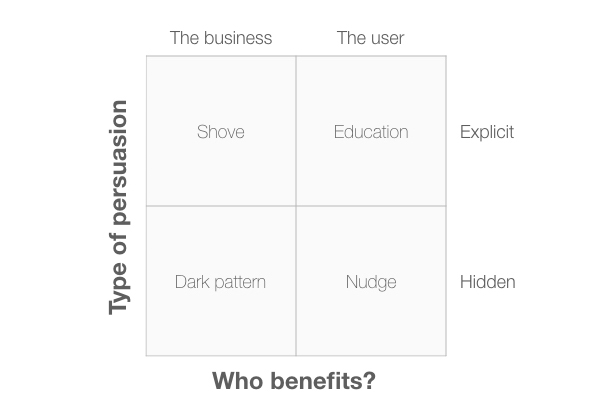
Diagram 11: A 2x2 plot with the axes,"Type of persuasion" and "Who benefits?"
The four quadrants are:
Although simple, 2x2 diagrams are a useful way to simplify a complex problem into a small number of alternative choices. But they become even more powerful when you create specific diagrams based on dimensions that are particular to your users and your industry.
Be sure to keep in mind that the most useful dimensions from a UX research perspective tend to focus on the context of use: your users, your tasks and the environments they work in. Indeed, Steve Jobs' diagram that transformed Apple did just this: its two dimensions were "users" (consumer / professional) and "environment" (desktop / portable).

Dr. David Travis (@userfocus) has been carrying out ethnographic field research and running product usability tests since 1989. He has published three books on user experience including Think Like a UX Researcher. If you like his articles, you might enjoy his free online user experience course.

Gain hands-on practice in all the key areas of UX while you prepare for the BCS Foundation Certificate in User Experience. More details
Our most recent videos
Our most recent articles
Let us help you create great customer experiences.
We run regular training courses in usability and UX.
Join our community of UX professionals who get their user experience training from Userfocus. See our curriculum.
copyright © Userfocus 2021.
Get hands-on practice in all the key areas of UX and prepare for the BCS Foundation Certificate.
We can tailor our user research and design courses to address the specific issues facing your development team.
Users don't always know what they want and their opinions can be unreliable — so we help you get behind your users' behaviour.